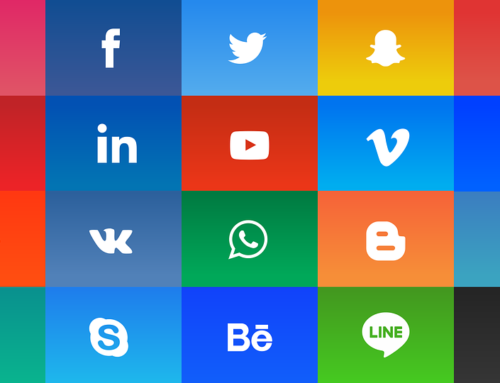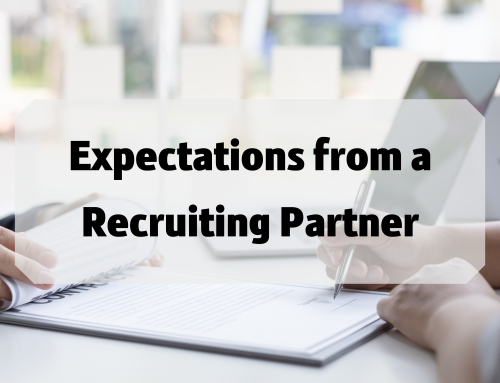How do leaders “promote innovation”?
How do leaders protect those who “diverge from the norm”?
The title of this Skillsoft research report on 21st century leadership skills is catchy: “Actionable Leadership in the Creative Age” (download at http://tinyurl.com/LHRactionable ) with some comments by Mr. Dr. Cris Wildermuth, SPHR.
In it, I read the following intriguing excerpt:
“At the heart of this is for leaders to not only be creative in their own thinking but to foster a culture of innovation through supporting those who diverge from the norm in their thinking, build relationships, tolerate risk, persist in their ideas, take action, and strive for deeper meaning in everything they do.”
Fostering a “culture of innovation,” however, is likely to require more than nice speeches about how “the world is changing more than ever.” We can’t expect innovation if we reward sameness. We can’t expect risk taking if we severely punish mistakes. We can’t foster a culture of change while desperately trying to control and protect the status quo.
So, here are a couple of specific questions for discussion:
- What are best practices – actual processes or initiatives that you have launched – that truly PROMOTE INNOVATION?
- Can you share examples of solutions that “support those who diverge from the norm”?
I’m particularly intrigued by question 2, as I feel that it lies in “the heart” of innovation. Please forgive me for a tad of skepticism, but I wonder whether HR does a good job “protecting norm dissenters.” On the contrary, we seem to be professionally trained to protect the norm AGAINST dissenters.
Do you agree? Disagree?
In the meantime, here are three resources for your continuing learning:
RESOURCE # 1: Designing Benefit Programs for Different Generations In designing benefits programs for the generations, it is imperative to take a holistic look at each age cohort, including varying education levels, experiences, life factors and even personality characteristics. Each of these aspects plays a role in what options are best suited to a generation, and more important, that appeal to those workers enough to drive participation and enrollment.
Read more at http://tinyurl.com/LHRhelthgeneration
RESOURCE # 2: Improve Employee Productivity with Social Tools. One of the most significant roadblocks to the efficiency of new and established workers alike is access to necessary information. You and your co-workers spend significant amounts of time and cost trying to find this information; creating an easily accessible, easily shareable repository streamlines the working day for everyone.
Read more at http://tinyurl.com/LHRsocialtools5
RESOURCE # 3: Putting Human Back in Human Resources Employee Health & Happiness lives at the intersection of employee’s personal goals and employer’s financial ones. Companies now have to find a way to keep their employees, healthy, happy, and engaged. This shift means that Employee Wellness is now part of the Talent Management Lifecycle and HR has to shift its role from Human Capital Management to Chief Wellness Officer.
Read more at http://tinyurl.com/LHRhumanback
Happy Learning!






